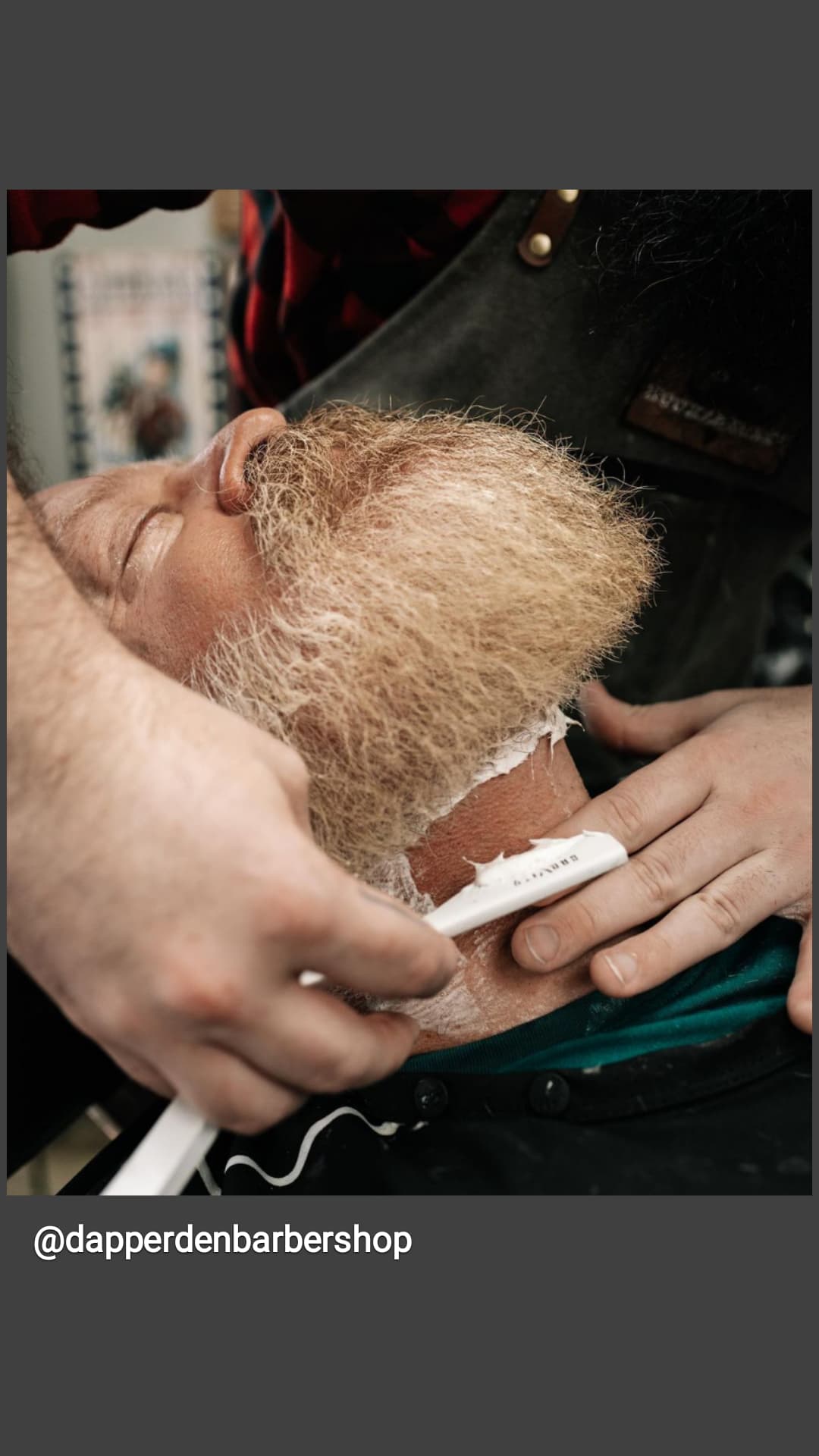Straight razors, also known as cut-throat razors or open razors, have been used for centuries to shave and shape facial hair. Although straight razors require a certain level of skill and experience, they can provide an incredibly close and precise shave. However, using a straight razor can be dangerous if not done correctly. In this article, we will discuss how to safely use a straight razor for shaping and styling facial hair.
Choosing the Right Straight Razor
Before we dive into the techniques for using a straight razor, it's important to choose the right one. There are different types of straight razors available, including blade widths, grind types, and handle materials. For beginners, it's best to start with a razor with a 5/8" or 6/8" blade width. Wider blades are more difficult to maneuver and require more skill. When it comes to grind types, full hollow or half hollow grinds are best for facial hair grooming, as they offer more control and precision. Finally, choose a handle material that is comfortable to hold, such as wood or plastic.
Preparing Your Face and Razor
Before you begin, it's important to prepare your face and your razor. Start by washing your face with warm water and a gentle cleanser. This will help to soften your facial hair and open up your pores. Next, soak your straight razor in warm water for a few minutes to soften the blade and prepare it for use.
Sharpening Your Razor
A sharp razor is essential for a safe and effective shave. If your razor is dull, it can pull on your facial hair, causing irritation and cuts. To sharpen your razor, use a leather strop or honing stone. Stropping your razor will help to remove any burrs or nicks on the blade, while honing will sharpen the blade itself. Make sure to strop your razor before each use to keep it in top condition.
Holding Your Razor
When holding your razor, grip the handle firmly with your dominant hand and place your index and middle fingers on the shank of the blade, just above the tang. Rest your ring finger on the tang to stabilize the razor. Use your other hand to stretch the skin taut in the area you will be shaving.
Shaving Technique
When using a straight razor, it's important to use the correct technique to avoid cuts and irritation. Start by shaving with the grain of your facial hair. Use short, light strokes and hold the razor at a 30-degree angle to your skin. Avoid pressing too hard, as this can cause irritation and cuts. Rinse the razor frequently with warm water to remove any hair or shaving cream buildup.
After shaving with the grain, you can then shave across the grain or against the grain, depending on your preference. However, be sure to use caution when shaving against the grain, as this can be more aggressive and increase the risk of cuts.
Cleaning and Storing Your Razor
After you have finished shaving, rinse your razor thoroughly with warm water and dry it carefully with a soft cloth. Avoid using abrasive materials or harsh chemicals, as these can damage the blade. Store your razor in a dry, cool place, and never store it in a damp environment or leave it wet.
Safety Tips
Using a straight razor can be dangerous if not done correctly. Here are some important safety tips to keep in mind:
-
Always use a sharp razor. A dull razor can pull on your facial hair, causing irritation and cuts.
-
Use short, light strokes when shaving. Avoid pressing too hard, as this can cause irritation and cuts.
-
Keep your razor clean and dry. After each use, rinse your razor thoroughly with warm water and dry it carefully with a soft cloth.
-
Avoid distractions. When using a straight razor, it's important to focus on the task at hand and avoid distractions. Shaving while distracted can increase the risk of cuts and nicks.
-
Use caution when shaving around sensitive areas. The skin around the lips, chin, and neck is particularly sensitive and prone to irritation. Take extra care when shaving these areas.
-
Never share your razor. Sharing a razor can increase the risk of infections, such as staph or MRSA.
- Take your time. Shaving with a straight razor requires patience and attention to detail. Rushing can lead to mistakes and accidents.
